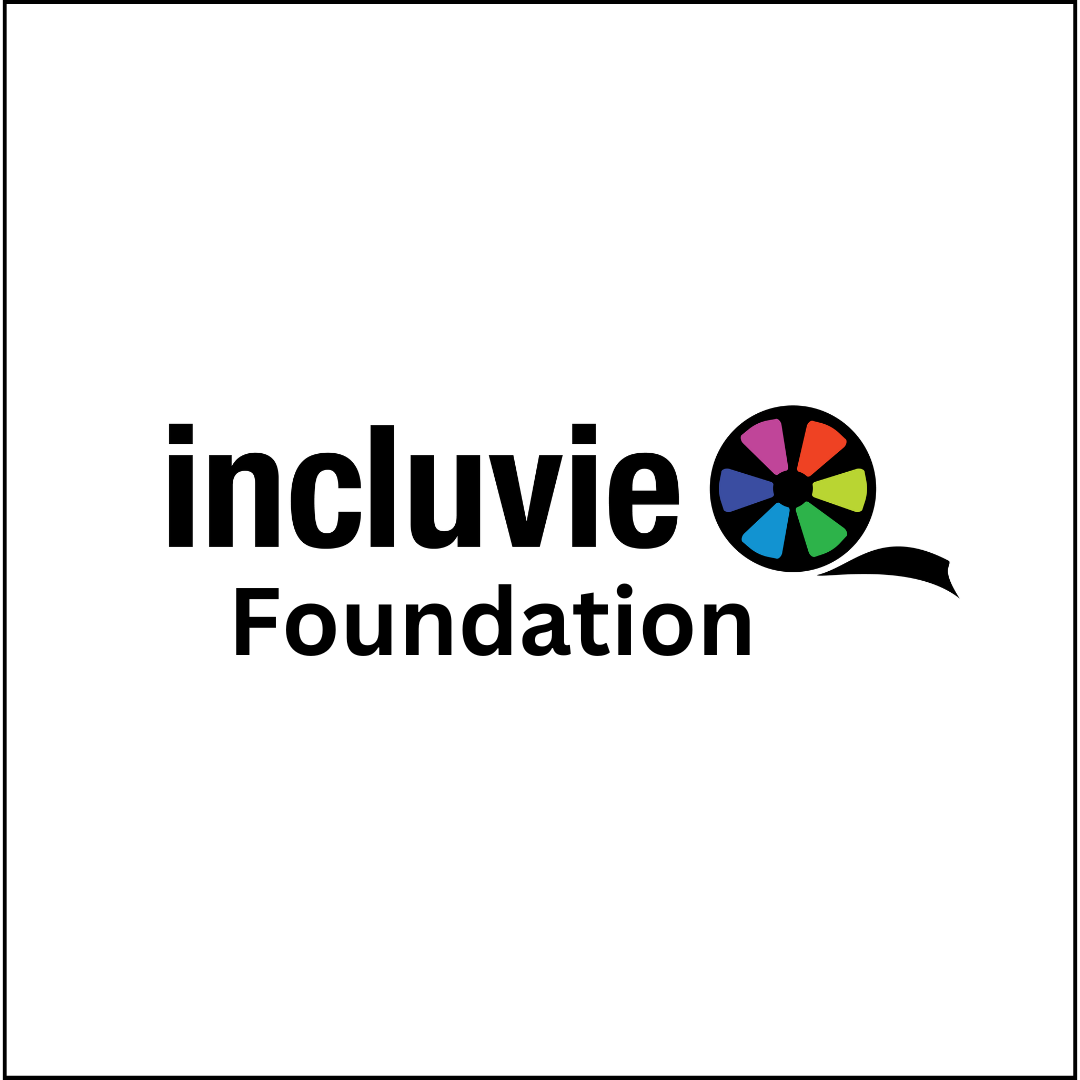Boy Erased: Progressive Queer Representation? It's a Negotiation.
Boy Erased (2018)


Joel Edgerton’s 2018 film Boy Erased highlights the abuse faced by many LGBTQ+ Americans forced to attend gay conversion therapy. Boy Erased tells the true-life story of Arkansas young adult, Garrad Conley and his experience of living life as a gay man in the Christian church. While the film of course is not exempt from falling into classic problematic Hollywood tropes, it manages to stand apart from the rest in its ability to defy the myths of gay conversion therapy that are so commonly reinforced within Christianity. Boy Erased conforms to Hollywood standards in choosing a white man to play the lead who shows little queer sexual desires, however, the film’s ability to break the norms of a Christian narrative and educate an audience on the conversion therapy experience allows for a push back against the dominant ideology surrounding such conversion camps. While the film failed to break the mold of the typical white cast and tragic queer trope, its urgent push to discourage gay conversion therapy ultimately works to open the minds of the audience and pushes the message of acceptance.
Boy Erased introduces the audience to Garrad’s character who, in the film is known as Jared Eamons. Jared is a freshman in college when he is forced to come out as a gay man to his Southern, conservative parents. While both of his parents are disappointed in the news, Jared’s father in particular struggles with the reality of his son’s sexual identity. Jared’s father serves as the preacher at their local church. He believes more than anyone that homosexuality is a sin and ultimately tells Jared that “We cannot see a way that you can live under this roof if you’re gonna fundamentally go against the grain of our beliefs”. In an attempt to try to “fix” Jared and free him from his “sin”, his parents make the decision that it would be best to send him to a gay conversion therapy camp. While there, the audience gets an insight as to what life is like for LGBTQ+ youth at these camps, and we see the physical and emotional abuse they undergo, signaling (accurately) to the audience that this practice is harmful.
While some of the pushback against Christian support of gay conversion therapy is a step in the right direction for the film, Boy Erased does unfortunately stick to commonplace tropes in regard to queer and racial narratives. The lead character Jared for example is played by white actor, Lucas Hedges, and his character shows little queer sexual desire. Of course, this film is based on a true story about a white man, however, it is important to realize that Hollywood could have chosen to produce a movie about the true story of an African American or Latino man’s experience with gay conversion therapy but instead chose the narrative of a white man. Traditionally, if any queer narratives are expressed, it is a white queer narrative. The queer experience of people of color is rarely represented. In this sense, Boy Erased fails entirely to consider intersectional identities and reflects the experience of gay conversion therapy only through the lens of a white man.
Concurrently, Boy Erased does nothing to challenge the tragic queer trope seen too often, if not almost exclusively in queer-centered film. Jared fits this trope as he is forced to grapple with his sexuality that is out of his control. While his Christian parents do not believe the aspect that it is no fault of his own, his internal struggles to conform to a world that does not accept him for his true identity does provide the viewer with a sense of pity, a sense of sadness to watch a teenager struggle to navigate their identity. In a sense, this pity is actually useful in the film’s aim to change the dominant beliefs about conversion therapy because it shows to the audience that sexuality is not a choice. Joel Edgerton’s implementation of the tragic queer trope in this instance works to portray the idea that queer youth often wish they could simply eradicate their queer identity simply to improve their overall quality of life. This can be seen when conversion camp leader, Victor Sykes asks Jared, “In your heart do you want to change?” to which he responds, “yes”. This dialogue functions to construct Jared as the tragic queer trope, and ultimately convey to a dominant conservative audience that Jared is not choosing his sexuality.
During his time at the conversion camp, Jared, like many other attendants struggles with his mental health. One of the film’s clearest critiques of gay conversion therapy is evident when towards the end of the film, once Jared has voluntarily left the camp, he receives news that one of his campmates, Cameron, has committed suicide. This is a clear push back against the dominant Christian notion that conversion therapy works to “save” gay people. The role of Cameron’s character argues the opposite; that instead of saving lives, gay conversion therapy literally takes lives. In this sense, Cameron also adheres to the tragic queer trope and like Jared, is a masculine representation of a gay man rather than more feminine leaning. Cameron even more than Jared represents traditional masculinity. He is a large, tough, football player; a character not commonly associated with homosexuality. Even though it would have been nice to see at least one attendee of the conversion camp who is not a traditionally masculine man, Cameron’s duality is able to show to the audience that even masculine or macho men, even football players can be gay. Clearly, for someone who is as traditionally masculine like Cameron, it would be easier to be straight; he wouldn’t be driven to suicide by a conversion camp counselor who says his homosexual identity is like him playing football, that, “it is a choice”. Cameron, like Jared was subjected to the tragic queer trope.
Gay conversion therapy itself is not commonly represented in film, however, Boy Erased sticks to the common themes seen in its rare exposure. Similar to the tragic queer trope, critiques on homophobia in media appear to adhere to a particular pattern: queer protagonist struggles with their sexual identity, their family disapproves of their “choice”, and in the end a queer character remains struggling or at worst, dying by suicide. While this technique works well to educate a conservative audience about the dangers of reinforcing intolerance towards the LGBTQ+ community, it is a pattern Boy Erased chose not to stray from. Again, this method worked well in the conversion therapy narrative, and is reflective of true experiences, however, it is a method that has been done before; it may be more beneficial for LGBTQ+ representation to take a new route.
It is of particular relevance that the only gay sex scene in the entire movie is a rape scene. This is likely due to the fact that the film was not ready to represent queer sex in a positive light. There is a long history in film of only showing heterosexual sex scenes. Queer sex is othered, it is controversial, something not yet acceptable for a mainstream audience. If queer sex is shown in the context of rape however, while the image of two men engaging in sexual activity is still pushing the dominant boundaries, situating it in the context of rape, in a twisted way almost makes it more digestible for the audience. While sexual assault is never a comfortable topic to watch or discuss, framing Jared’s sexual experience in this manner works to denounce gay sex as acceptable sex. Choosing not to represent positive sexual interactions keeps the tolerance of queer sexuality in check. In doing so, Boy Erased is reinforcing heteronormativity and steers away from framing queer sex as acceptable.
All of this critique is not to say that Boy Erased does not construct any positive LGBTQ+ representation. Along with pushing back against the ideologies in the Christian church, Boy Erased manages to construct Jared in a manner exempt from the stereotypes surrounding gay men. That is, the film allows Jared’s personality to unfold naturally and does not create his character in a way that is flashy, flamboyant or feminine; stereotypes commonly attributed to gay characters. This construction holds an interesting dichotomy because while it is in a sense a positive representation of a gay man, one that avoids problematic stereotypes, one can argue that Joel Edgerton avoided the stereotypes because such a presentation would be “too gay” for the Christian audience whom he is trying to sway. Conversely, this potentially also serves as another positive method in opening that audience’s minds as it shows them that gay people can be like anyone else; they do not always have to be othered.
Additionally, and most importantly, Boy Erased succeeds in its ability to stand up against the dangerous and dominant ideologies held by Christianity. Towards the end of the film, we see Jared’s mother, Nancy, alter her stance in her beliefs. After receiving an alarming call from Jared in a moment of panic, Nancy ultimately comes to the conclusion that she needs to choose her son; not religion. After removing Jared from the camp, Nancy changes her stance on homosexuality and learns through observing her son that it indeed is not a choice or rather something that can be altered through conversion methods. The relationship Jared holds with his father however is more complicated. Jared’s father, Marshall, represents the stereotypical Southern pastor. Marshall’s presented ideologies follow the lineage of his ruling class identity: straight, white, Christian male. Marshall’s character upholds the stereotypes surrounding those in power; he represents what can happen when the current white, straight male ruling class is in power and how it hurts others who do not hold the same privilege. Even though Marshall does not make the same ideological turnaround that Nancy does, Nancy’s stance alone fulfills to a degree the film’s push back. Nancy is able to show that even people who are part of the dominant race, class and gender groups can think and act in a way that defies the norms that those groups have put in place. Nancy along with the rest of the family holds stark Christian beliefs and in Nancy’s choice to save Jared from the camp, her character is used as a representation that the ruling class has the ability to change; they have the ability to save the oppressed from oppression. In this instance, Nancy’s ideological turnaround is not addressing the oppression faced by other intersectional groups, however, it clearly accomplishes Joel Edgerton’s goal of showing a strict, Christian audience that love for a child should always win over religion. Nancy’s character development works to prove that Christianity does not have to be placed in a box and that should Christians choose to defy the norms they have so long held on to, they have every power to do so, ultimately saving lives. As mentioned previously, this is most obviously where Boy Erased succeeds. Pushing back against the norms of Christianity is a bold move in an American film when the majority of Americans are Christians. What this film so brutally conveys is that under any belief system, gay conversion therapy is unacceptable. Unlike potential Christian media or online posts from the community who articulate support for the practice under falsified beliefs, Boy Erased gracefully incorporates the Christian narrative into a harsh critique of the camps.
In the end, it is evident that Jared holds a closer relationship with his mother than with his father. Perhaps this can be a sign to Christian families either considering or having gone through gay conversion therapy that in order to maintain those closest to you in life, you must choose the individual over a belief system. Jared’s father clearly shows that he will “choose god” over anyone no matter the circumstance. Seeing as how this choice has so severely impacted, and almost eradicated his relationship with his son, in this instance Marshall’s character functions to show to such an audience that choosing to adhere to dominant Christian beliefs regarding homosexuality is detrimental to the family unit in the long run. When Jared first came out to his parents, they expressed that conversion therapy would be the right choice and Marshall recounts a friend of the church who went through the same experience. He claims that his parents “Didn’t do things to him, they did things for him”. While this may be the original intent behind Christian-driven gay conversion therapy, as seen by the downfall of Jared’s relationship with his father, and with Christianity itself, it is abundantly clear that adhering to this method simply does not work.
Ultimately, Joel Edgerton’s Boy Erased is a film that, like all, is not perfect. While its critique of gay conversion therapy is relatively effective in culture, it is a narrowly constructed one. Between the implementation of an all-white cast, adherence to stereotypes and tropes commonly associated with the LGBTQ+ community, and visible, but depth-lacking queer representation, Boy Erased is only a step in the right direction, rather than a game-changer when it comes to queer media narratives. That being said, however, the film does manage to construct a progressive message for the audience as the film essentially can be read as a cry for help to end LGBTQ+ abuse. Most importantly, Boy Erased highlights where Hollywood is today. Even in a so-called more progressive-leaning society, American audiences still are simply not tolerant or ready for a truly queer text. Jared’s character may have been able to provide important insight into what it means to face gay conversion therapy in the south, however, him being a stereotypical white, privileged, and limited in his sexuality prevents the true progress of intersectional queer representation in film. Perhaps we can wait for a Boy Erased sequel starring a queer character of color who shows what it means to not only defy gay conversion therapy, but show to an audience how a gay man of color can function in a sexually active and healthy queer relationship; one not hindered by traditional ideologies and stereotypes.
More to explore
By Same Author
Related lists created by the same author
By Cluvie Category
Related diversity category
The New ‘Old’ Hollywood that is ‘Babylon’
‘Babylon’ is an exhilarating journey one has to brace themselves for
By General Category
Related movie/TV/List/Topic
Miley Cyrus – 'Endless Summer Vacation' (Backyard Sessions)
Miley Cyrus makes a revival in this Disney+ documentary on her recent album Endless Summer Vacation.




